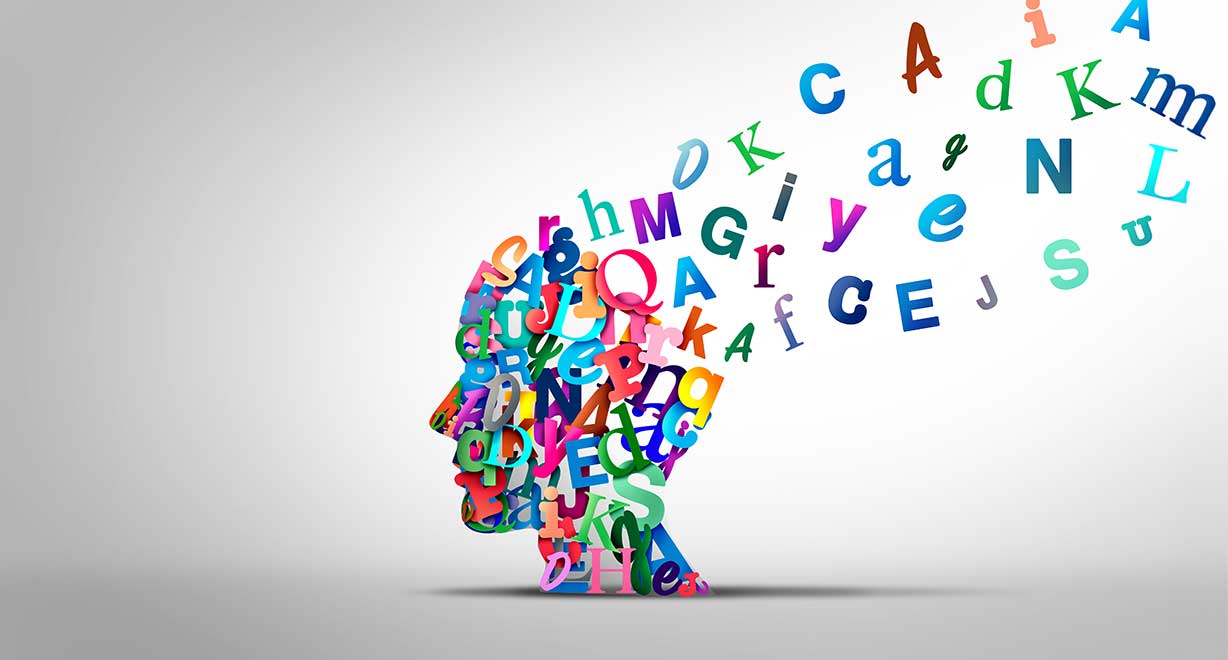Understanding Language Disorders in Kids and Adults
Language allows us to think, connect, and communicate effectively. When language development or use is disrupted, it can interfere with learning, relationships, and overall well-being. Language disorders affect both children and adults, but the signs, causes, and treatments can look very different between the two groups.
This post explores the most common types of language disorders in both children and adults, how they differ, and how early identification and speech therapy can help improve communication and quality of life at any age.
What Is a Language Disorder?
A language disorder is a condition that affects a person’s ability to understand others (receptive language), express themselves (expressive language), or use language appropriately in context (pragmatic language). These challenges can be mild or severe, and can affect spoken, written, or even non-verbal communication.
Language disorders can be:
Language Disorders in Children
Common Types
- Expressive Language Disorder
A child has trouble putting words together, building vocabulary, or forming sentences appropriate for their age. - Receptive Language Disorder
A child struggles to understand language, follow directions, or comprehend what others are saying. - Receptive-Expressive Disorder
This involves difficulty both understanding and using language effectively. - Social (Pragmatic) Communication Disorder
Affects the ability to use language in social settings—e.g., taking turns in conversation, reading cues, or using tone appropriately.
Causes in Children
Warning Signs in Children
When to Seek Help
If your child shows signs of delay, don’t “wait and see.” Early diagnosis and treatment from a pediatric speech-language pathologist can significantly improve outcomes. Learn more about pediatric services at TPI Pediatric Speech Therapy.
Language Disorders in Adults
Unlike children, adults usually acquire language disorders due to injury, disease, or cognitive decline.
Common Types
- Aphasia
Often caused by stroke or head injury, aphasia can affect speaking, understanding, reading, or writing. - Primary Progressive Aphasia (PPA)
A degenerative condition that causes a gradual decline in language function, commonly linked to dementia. - Cognitive-communication Disorders
These result from brain injury or neurological disease and affect memory, reasoning, and communication skills. - Apraxia of Speech
A motor planning issue in which a person knows what they want to say but can’t coordinate the muscles to say it properly.
Causes in Adults
Warning Signs in Adults
Getting Help
If an adult experiences sudden or worsening communication difficulties, especially after a medical event, prompt assessment by a speech-language pathologist is essential.
Key Differences Between Children and Adults
|
AREA |
CHILDREN |
ADULTS |
|---|---|---|
|
Onset |
Usually developmental |
Typically acquired |
|
Cause |
Genetic, neurological, or developmental |
Stroke, injury, neurological disease |
|
Treatment Goal |
Build new language skills |
Regain or compensate for lost skills |
|
Response to Therapy |
Often rapid improvement with early intervention |
Varies by condition and age |
|
Common Disorders |
Delays, expressive/receptive issues |
Aphasia, cognitive disorders |
How Speech Therapy Helps
Speech therapy is highly effective in improving communication, regardless of age. Therapy plans are customized based on the type and severity of the disorder, as well as the individual’s age.
In Children:
In Adults:
The Importance of Early Diagnosis
The earlier a language disorder is identified, the better the outcome. Children benefit the most from early intervention, as their brains are still developing. For adults, early diagnosis and therapy can prevent further deterioration, improve independence, and enhance quality of life.
Whether it’s a toddler not speaking in full sentences or an adult struggling after a stroke, speech-language pathologists play a vital role in helping people connect through language again.
Language disorders can affect anyone—regardless of age—and they often interfere with daily life, learning, and relationships. While the causes and presentations differ between children and adults, one thing remains constant: with the right support, progress is always possible.
If you’re concerned about a child’s language development or an adult’s communication abilities, don’t wait. Reach out to a qualified speech therapist who can assess, diagnose, and create a personalized treatment plan. Early action makes all the difference. Learn more about therapy options at TPI:
TPI Pediatric Services
TPI Speech Therapy







